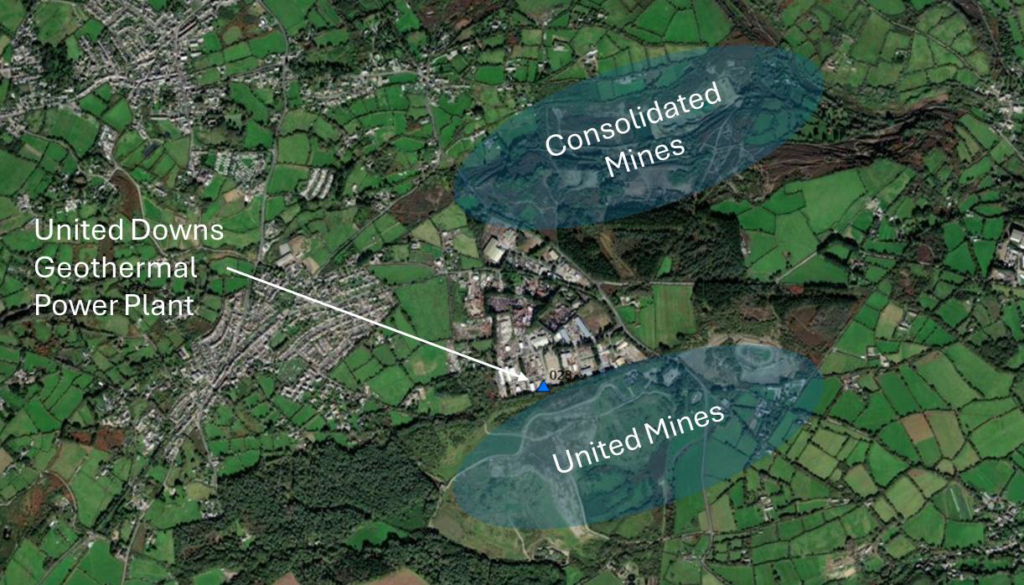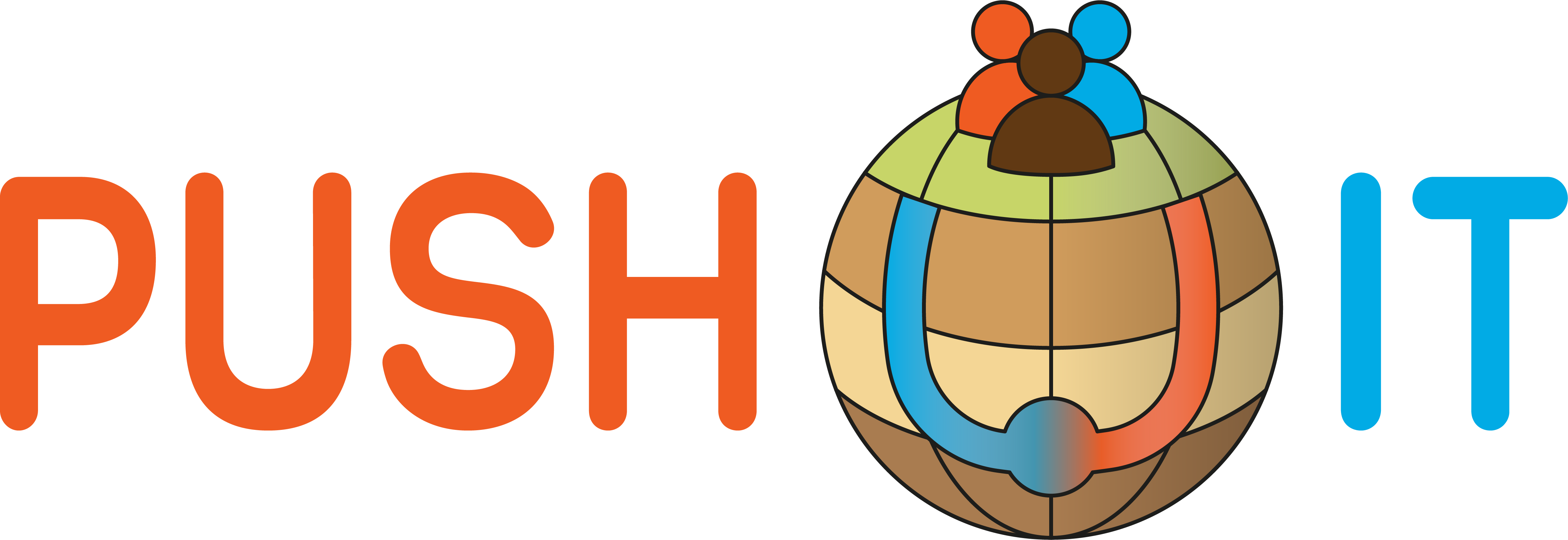An update from the United Downs site
At the recent General Assembly in Bochum, the United Downs site has given an update of the progress that has been made. This will be discussed, together with a recap of the site’s goals and objectives.
Geothermal Engineering Ltd (GEL) is making strides in exploring the future of high-temperature Mine Thermal Energy Storage (MTES) in the UK. As a designated ‘Follower Site’ for MTES development, United Downs is playing a vital role in assessing how waste heat from geothermal energy production can be captured, stored, and reused — supporting the broader shift toward a low-carbon energy system.

Project Recap
The study aims to explore the technical and regulatory viability of MTES at United Downs by:
- Characterising the structural, hydraulic, and thermal conditions of local abandoned metal mines.
- Identifying suitable mine workings for a pilot MTES system.
- Modelling potential storage technologies, with a focus on closed-loop systems.
- Establishing a regulatory framework for MTES deployment in UK mines.
- Engaging local communities to build support and inform project development.
The geothermal plant at United Downs produces electricity from hot brine extracted from a deep fractured granite reservoir at ~170°C. After power generation, the water is still around 70°C — a potential source of renewable heat for storage and future reuse.
Progress to Date
Mine Selection and Evaluation:
Two candidate mines were considered: Great Consolidated Mines and United Mines. The latter was ruled out due to contamination and lack of access. Great Consolidated Mines, a complex network of flooded 19th-century copper and tin workings, has become the main focus. Shaft access points have been identified using historic maps and archival mine plans.
Modelling and Technical Development:
Initial numerical modelling is underway, focusing on simplified single-shaft closed-loop systems. This step-by-step approach is essential due to uncertainties around the structure, connectivity, and condition of the mine workings. Deeper integration into the wider mine network will be explored as more data becomes available.
Community Engagement and Regulation:
Engagement with local stakeholders and authorities has begun, with further outreach — including a planned community exhibition — scheduled for the final stages of the project. Discussions around regulatory pathways for MTES deployment are ongoing, informed by early technical findings.
Risks and Challenges
The project has encountered several technical hurdles:
- GPS and Elevation Data Gaps: Inaccurate or missing elevation data is slowing the development of a shallow hydrological model. Field surveys using OS benchmarks are planned, with support from BGS.
- Assessing Cross-Flow and Stratification: Understanding vertical and horizontal water movement within shafts is limited by obstructions. Further temperature and conductivity profiling is being considered.
- Isolated Shaft Modelling Constraints: Difficulty in confirming unobstructed, hydraulically-isolated areas of the mine has led to a refined focus on modelling upper shaft sections first.
Despite these setbacks, the team continues to make progress and refine its approach based on available data and evolving insights.
What’s Next
Key planned activities over the coming months include:
- Completion of the conceptual and hydrological models through fieldwork and data processing.
- Tracer tests to study water flow (pending scheduling).
- Refinement of numerical models, expanding from single-shaft systems to connected workings.
- Regulatory pathway development based on model scenarios.
- Community engagement initiatives, including a mine relationship review and public exhibition.
- Economic feasibility analysis of MTES at United Downs.

PUSH-IT is a project funded by the European Union’s Horizon Europe research and innovation programme under grant agreement No 101096566.
Funded by the European Union. Views and opinions expressed are however those of the author(s) only and do not necessarily reflect those of the European Union. Neither the European Union nor the granting authority can be held responsible for them.
